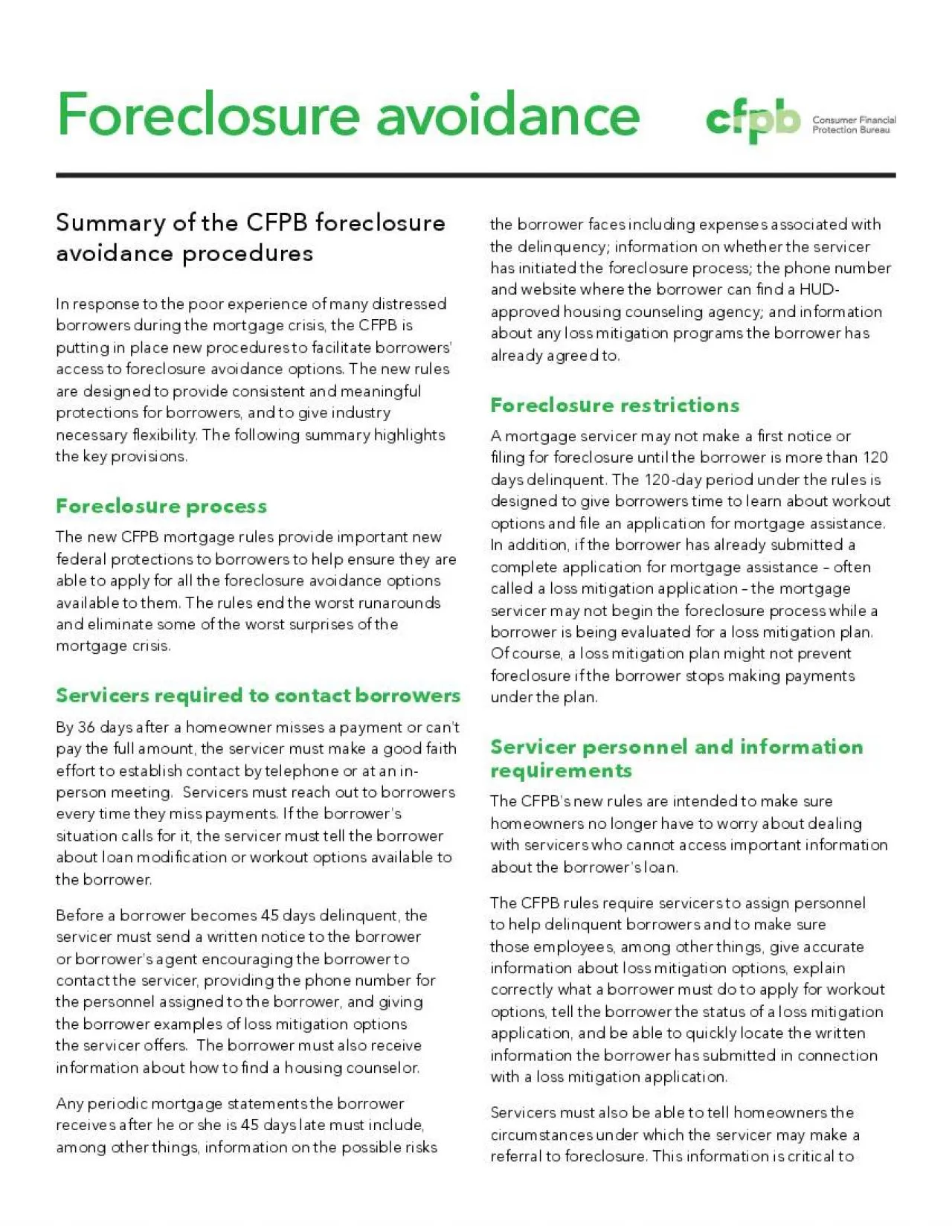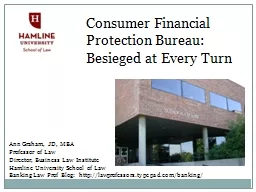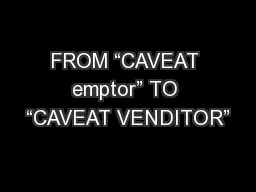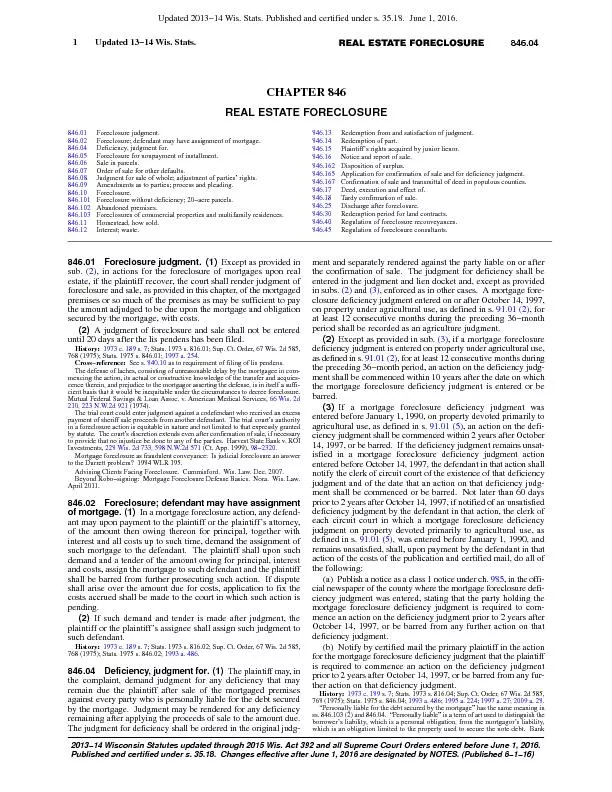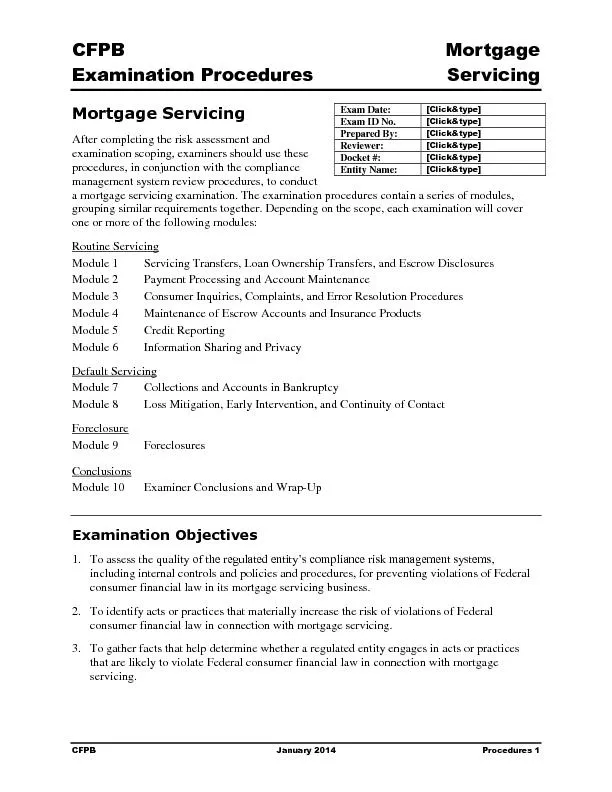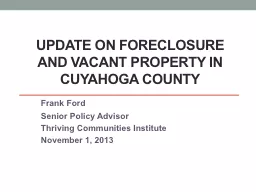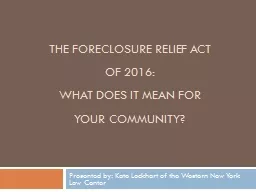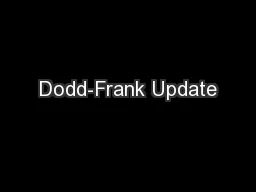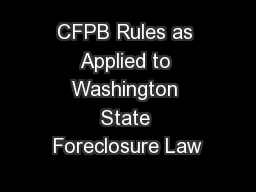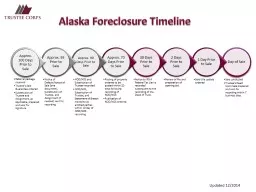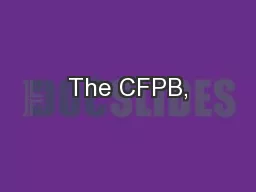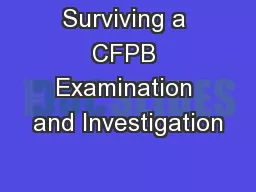PDF-Summary of the CFPB foreclosure
Author : candy | Published Date : 2021-10-07
avoidance proceduresForeclosure avoidanceIn response to the poor experience of many distressed borrowers during the mortgage crisis the CFPB is putting in place
Presentation Embed Code
Download Presentation
Download Presentation The PPT/PDF document "Summary of the CFPB foreclosure" is the property of its rightful owner. Permission is granted to download and print the materials on this website for personal, non-commercial use only, and to display it on your personal computer provided you do not modify the materials and that you retain all copyright notices contained in the materials. By downloading content from our website, you accept the terms of this agreement.
Summary of the CFPB foreclosure: Transcript
Download Rules Of Document
"Summary of the CFPB foreclosure"The content belongs to its owner. You may download and print it for personal use, without modification, and keep all copyright notices. By downloading, you agree to these terms.
Related Documents

